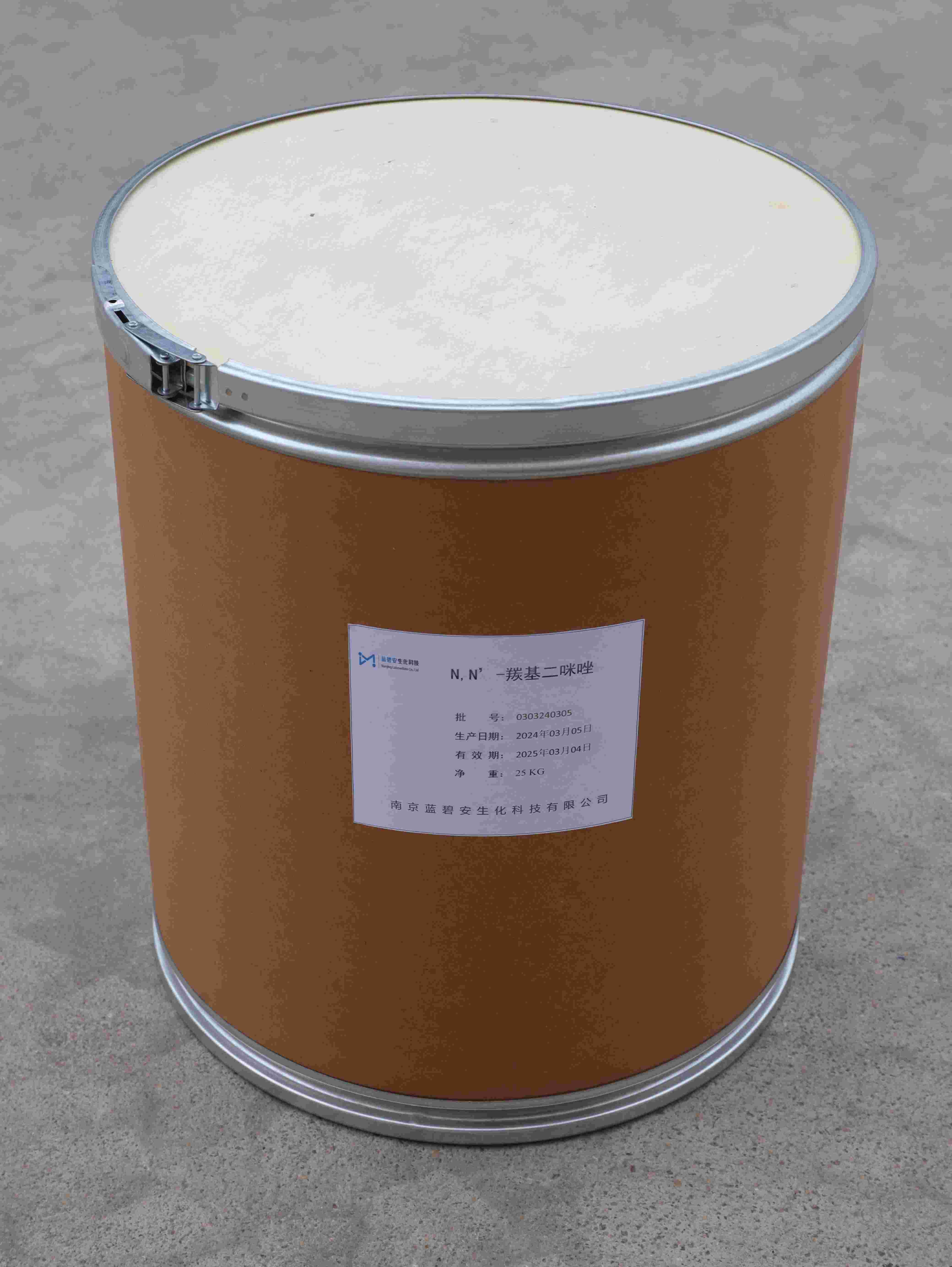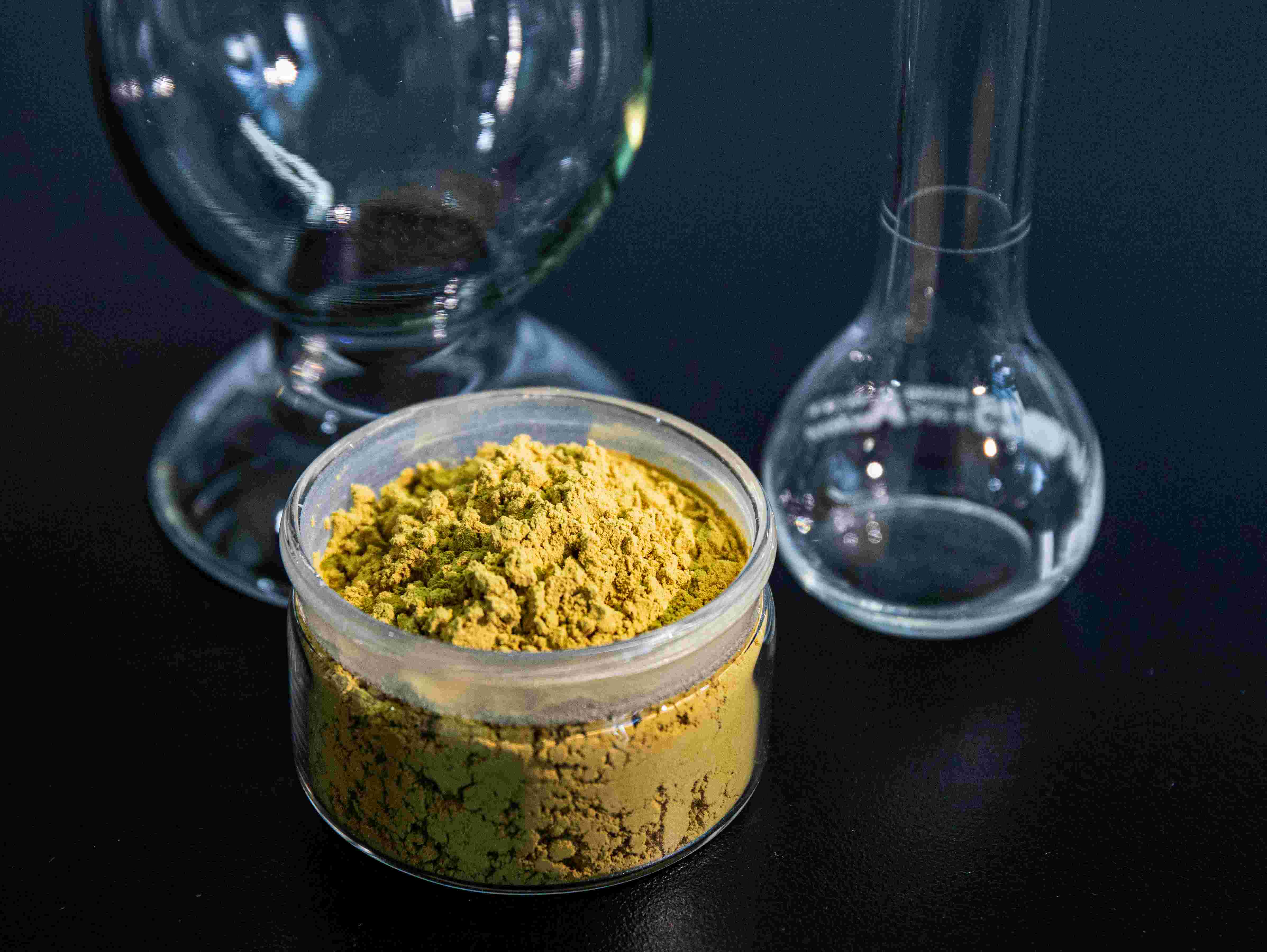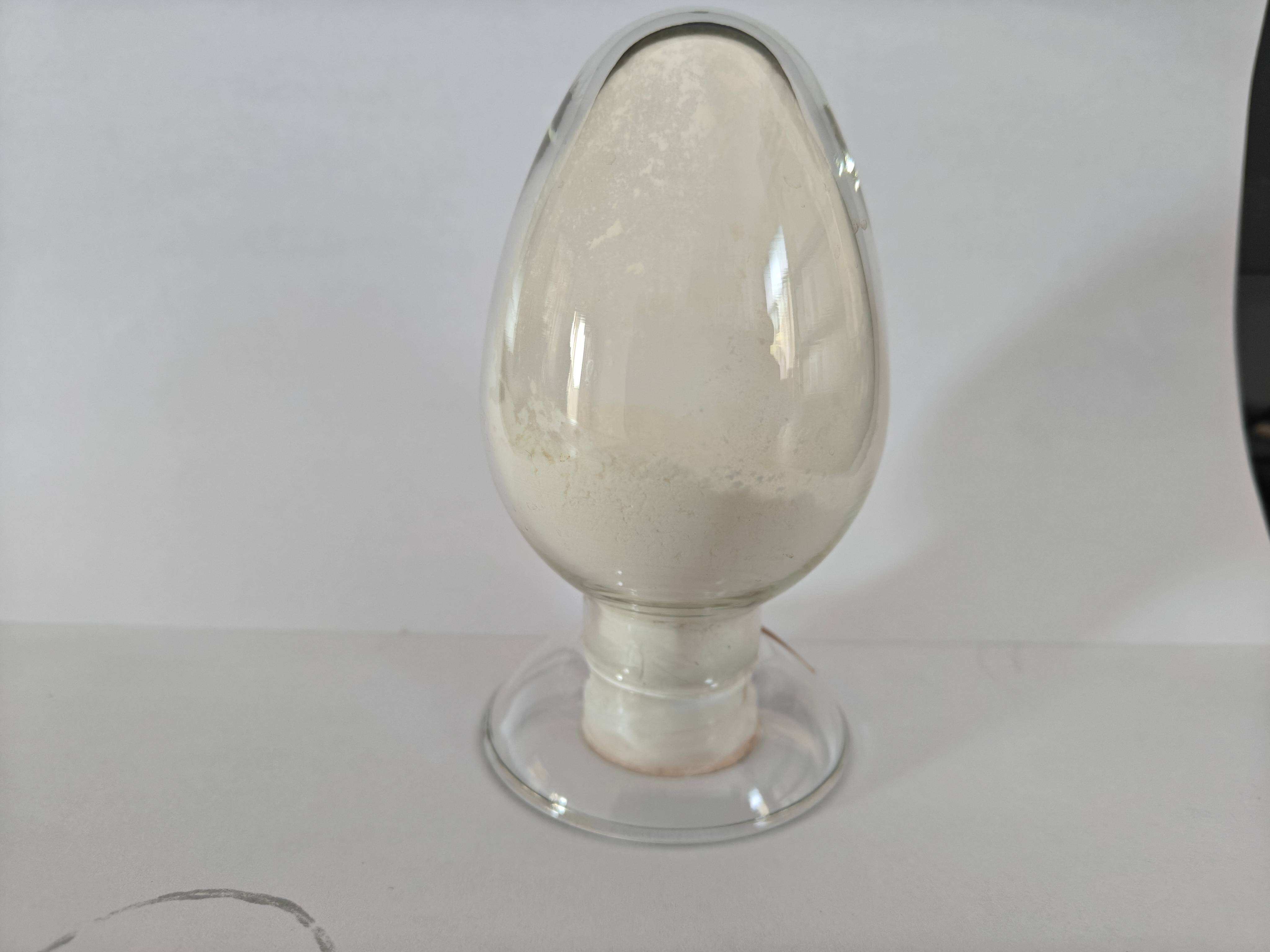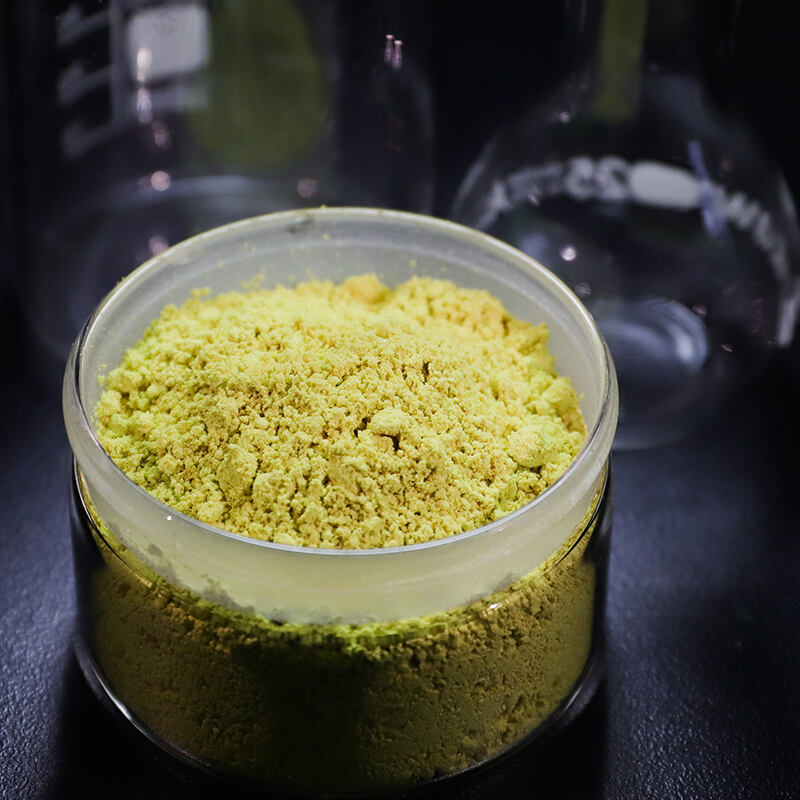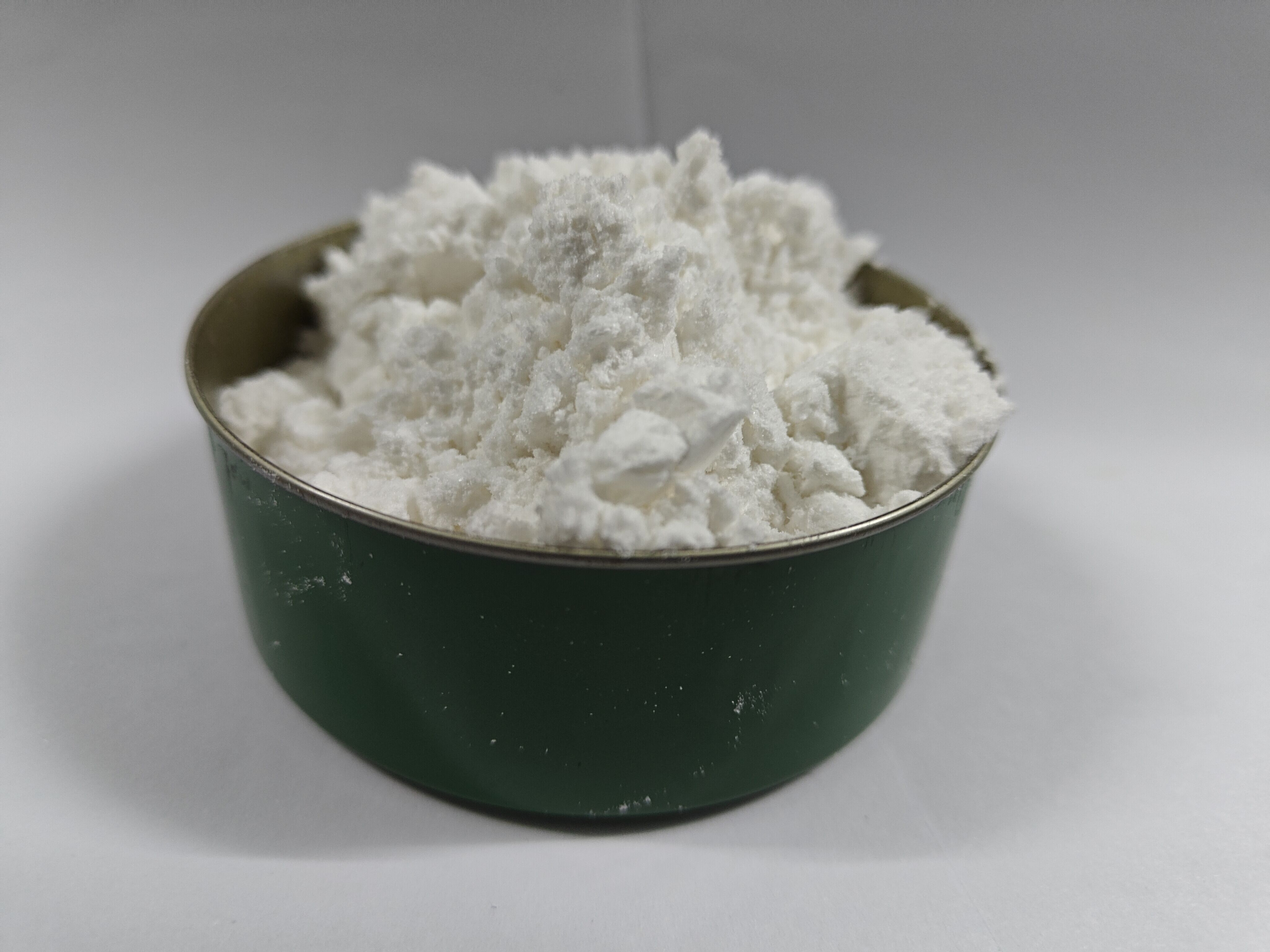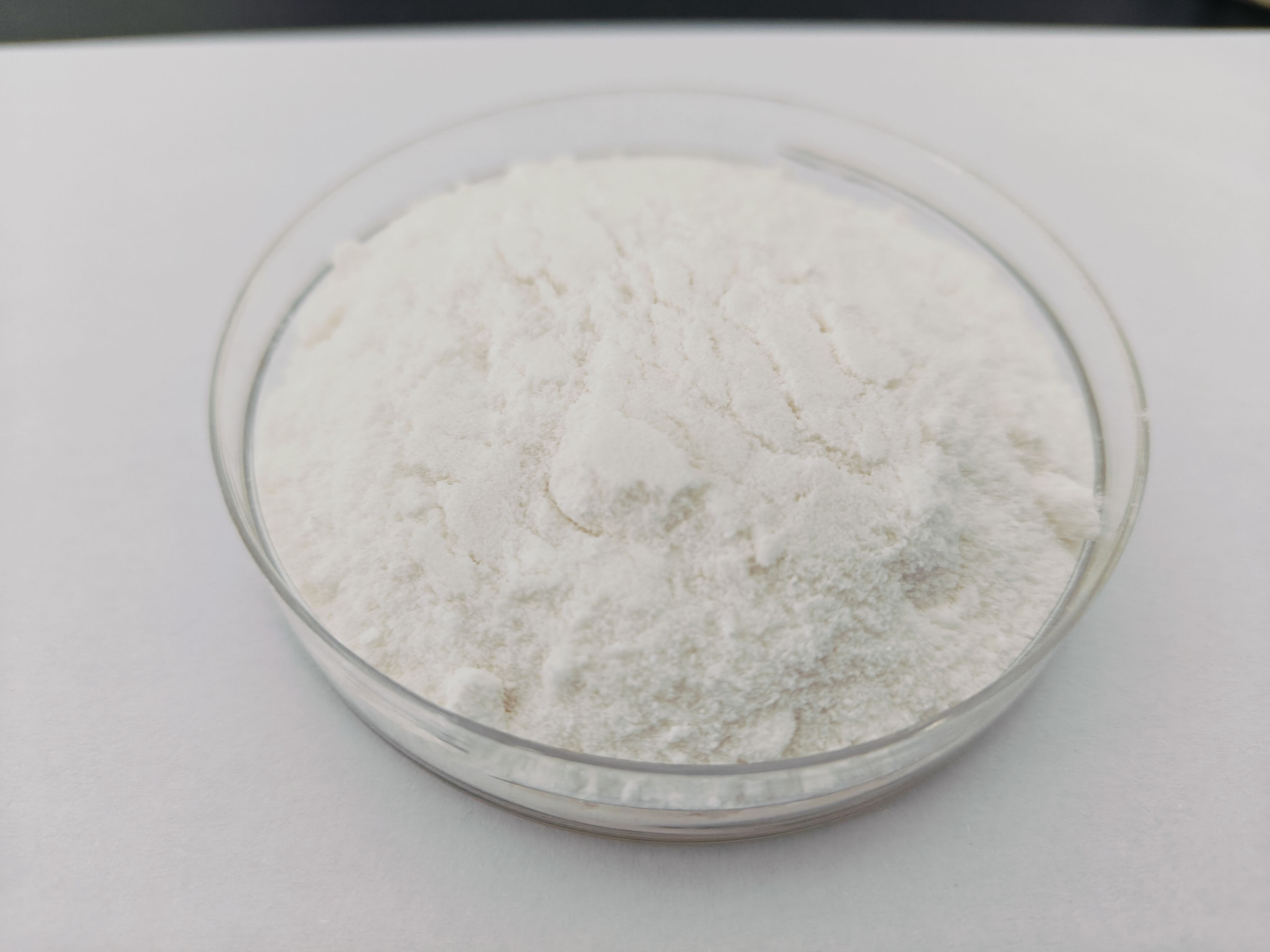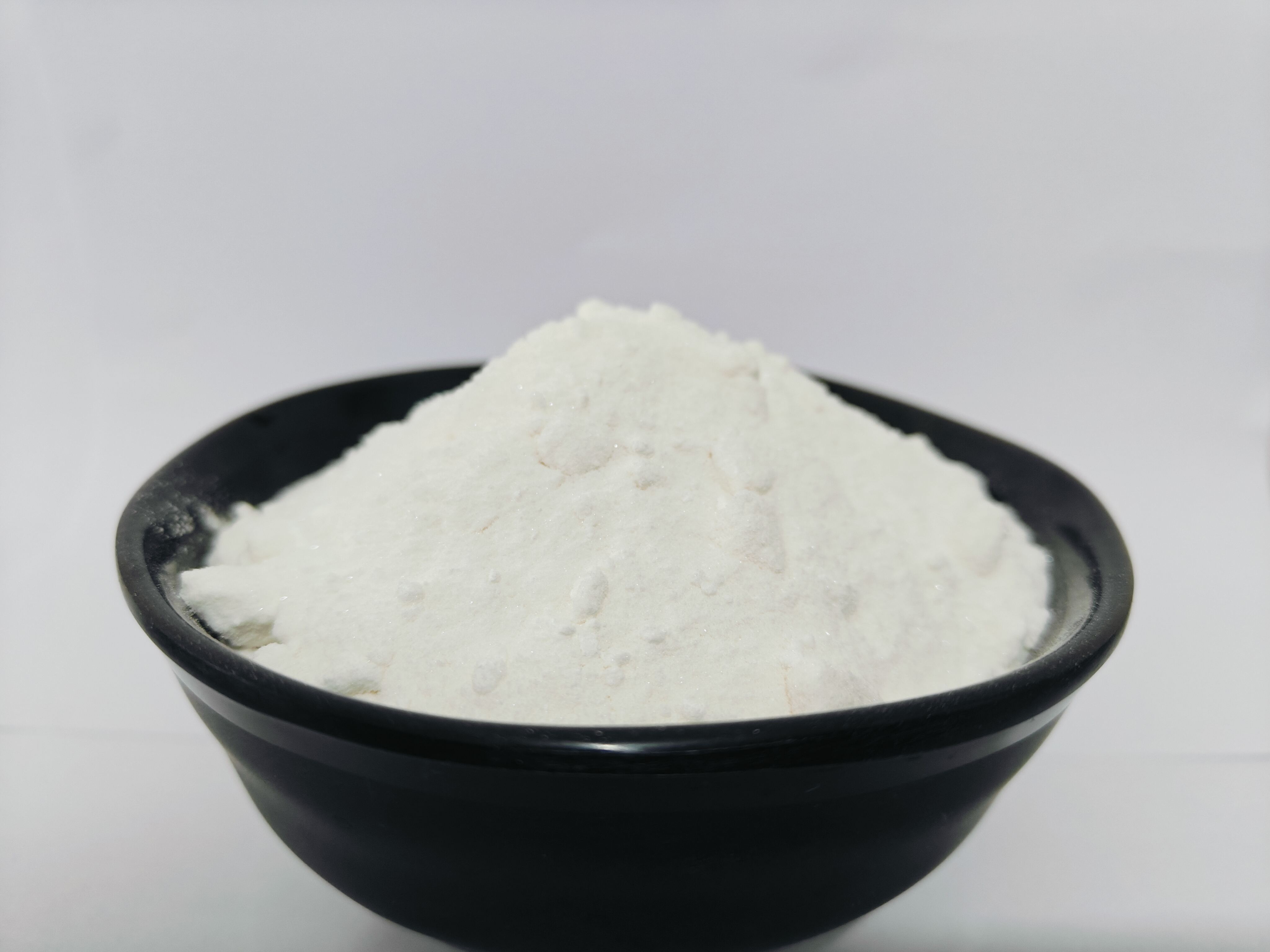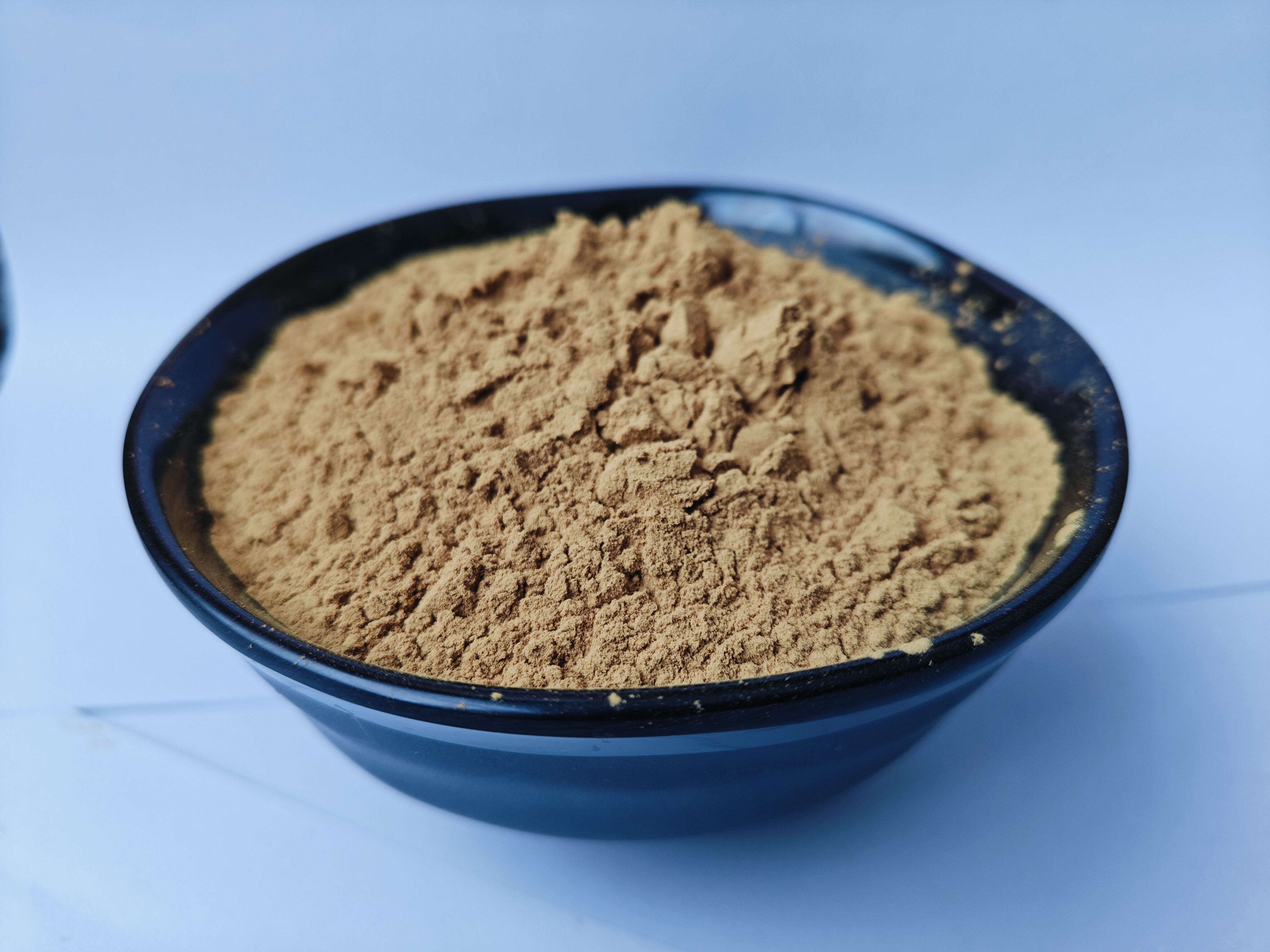mekanisme tindak balas penyembuhan
Mekanisme tindak balas penyembuhan mewakili proses kimia yang canggih yang menukarkan bahan cecair atau lembut kepada bahan yang keras dan tahan lama melalui penyeberangan rantai polimer. Proses asas ini melibatkan pembentukan ikatan kimia di antara molekul polimer, menghasilkan struktur jaringan tiga dimensi yang memberikan sifat ketahanan mekanik, terma, dan kimia yang diperbaiki. Mekanisme ini biasanya dipancarkan melalui pelbagai pencetus, termasuk haba, radiasi UV, atau katalis kimia, yang mengaktifkan kumpulan reaktif dalam bahan. Semasa proses penyembuhan, molekul saling berhubung melalui pelbagai jenis tindak balas kimia, seperti pengondensan, penambahan, atau polimerisasi radikal bebas, mencipta arsitektur molekul yang kukuh. Mekanisme serba guna ini mendapat aplikasi luas di pelbagai industri, dari komposit moden dalam penerbangan hingga pelapis pelindung dalam pembinaan. Teknologi ini membolehkan kawalan tepat atas kadar tindak balas, kedalaman penyembuhan, dan sifat bahan akhir, menjadikannya bernilai untuk proses pengeluaran yang memerlukan ciri-ciri prestasi tertentu. Perkembangan moden dalam mekanisme penyembuhan telah membawa kepada inovasi dalam bahan pintar, polimer penyembuhan diri, dan sistem penyembuhan ramah alam yang beroperasi pada suhu lebih rendah atau menggunakan bahan kimia yang kurang berbahaya.

